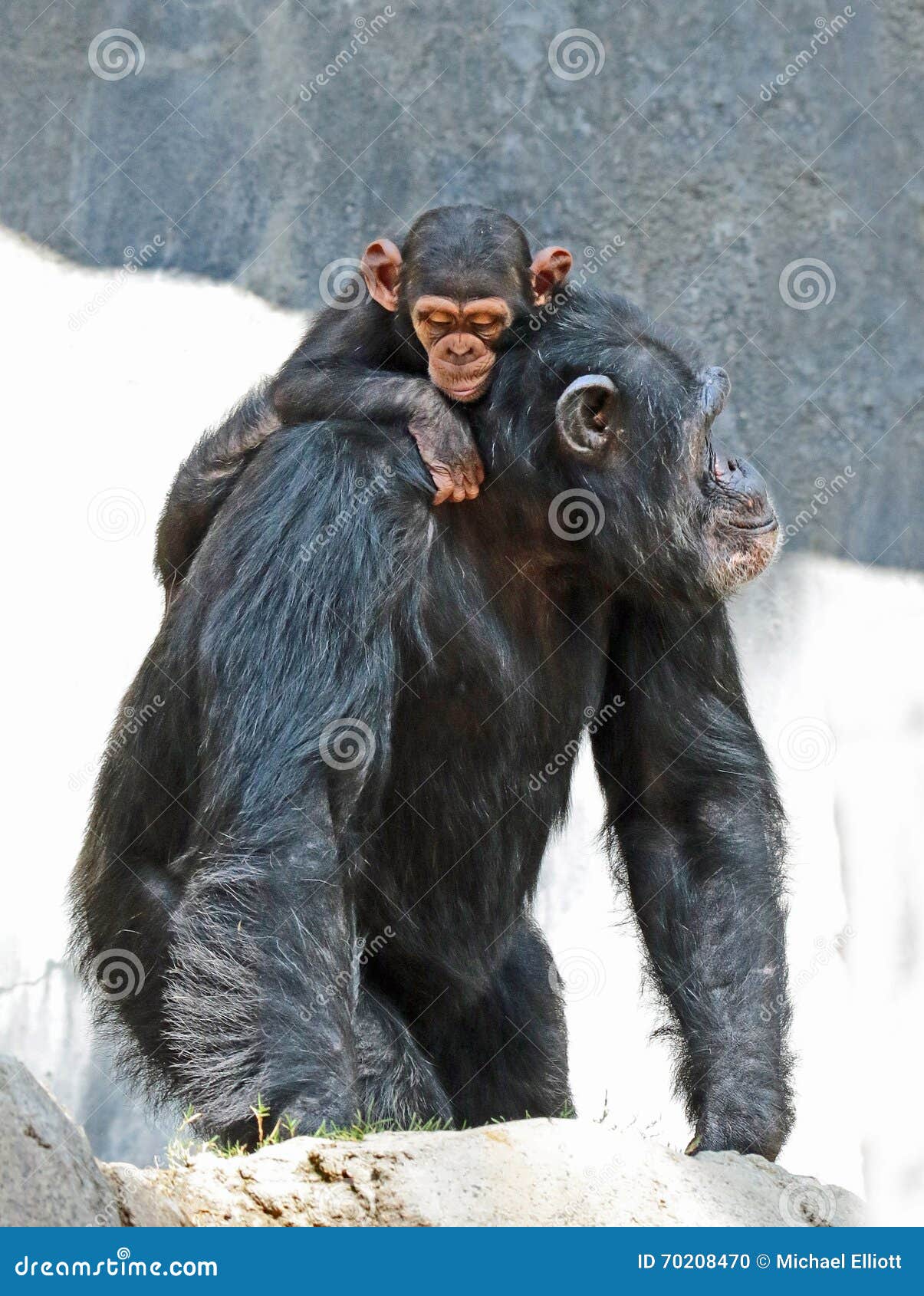

1 Such employee health programs would provide preventive steps (vaccinations and health education), clinical assessment, and case management services to all protected-area conservation employees. The Great Apes/Human Health Working Group-part of the World Conservation Society’s Animal Health for the Environment and Development (AHEAD) initiative-has stated that “protecting employee health should be considered a ‘critical control point’ in terms of protecting the health of wildlife,” including conservation programs for wild apes. In Gombe, for example, both researchers and park personnel often live inside the park boundaries and occasionally have direct contact with chimpanzees. “The fewer the visitors, the less the risk of disease transmission.”Ĭonservation employees are another group that has been identified as a potential threat to chimpanzee health due to their close exposure-sometimes on a daily basis-to great apes. “Gombe is the most expensive national park in Tanzania to visit, and I’m glad of it,” Mushi says. Matatu Mushi, chief park warden in charge at Gombe National Park, says that Gombe can accommodate up to 1,500 tourists per year-but that he prefers to maintain the current average annual of 700 to 800 visitors. Recommendations from the authors of a study carried in Kibale National Park in Uganda-which suggests that chimpanzee populations there are exposed to human diseases through regular contact with both tourists and local residents-included educating tourists regarding appropriate vaccinations, requiring handwashing prior to entering chimpanzee habitats, using facemasks during sighting visits, and restricting the number of visitors allowed in the protected area. There may be several inexpensive ways that human-to-animal disease transmission can be reduced in protected areas. Reducing the Risk of Zoonotic Disease Transmission Other recommended solutions have not yet been implemented, including: establishing conservation employee-health programs in all great ape protected areas enforcing stricter rules regarding tourists and park personnel’s contact with chimpanzees and mobilizing the international conservation community, including the United Nations, to develop and enforce stronger and more-effectve protection policies for the remaining great ape populations across sub-Saharan Africa.




 0 kommentar(er)
0 kommentar(er)
